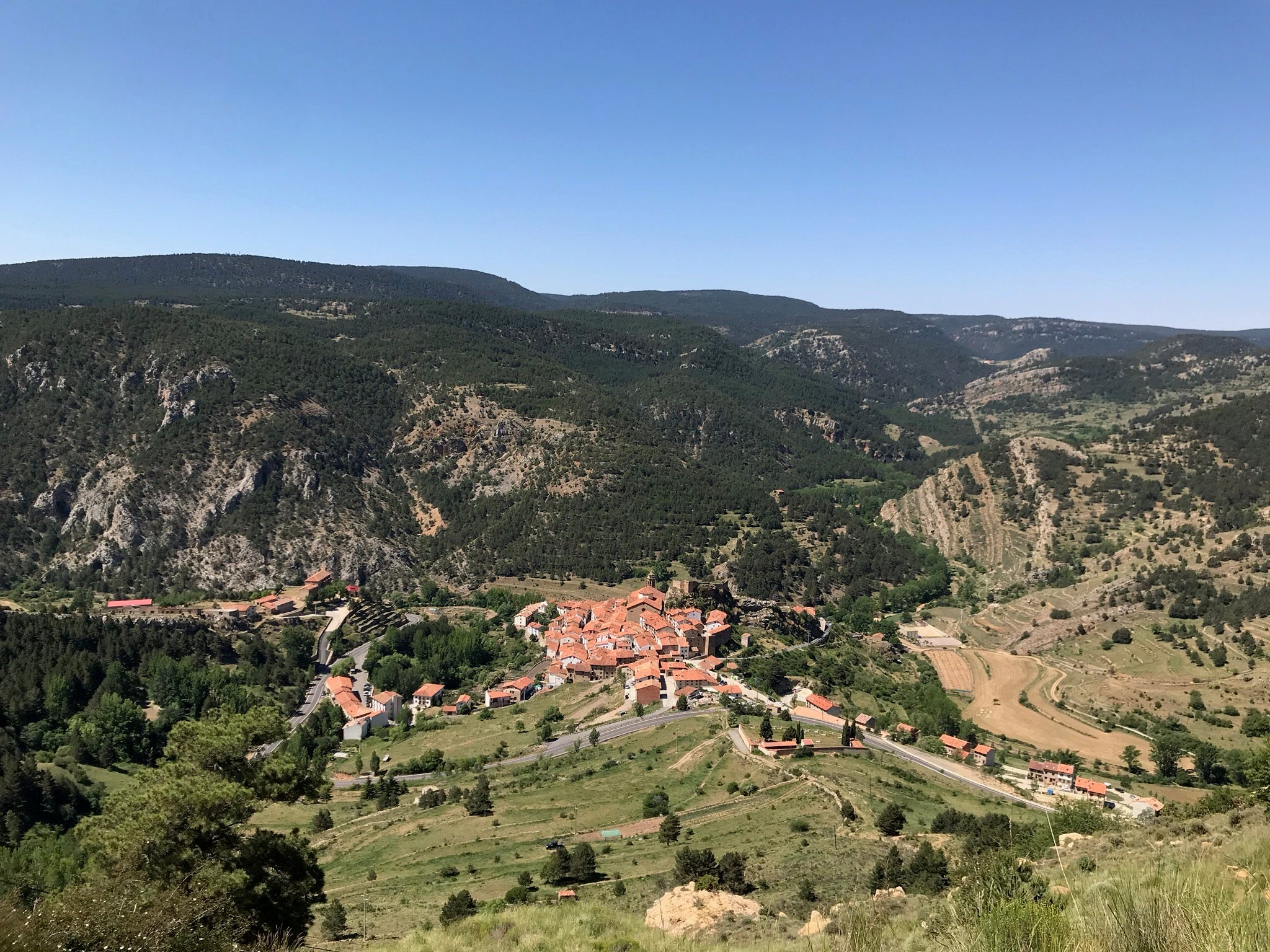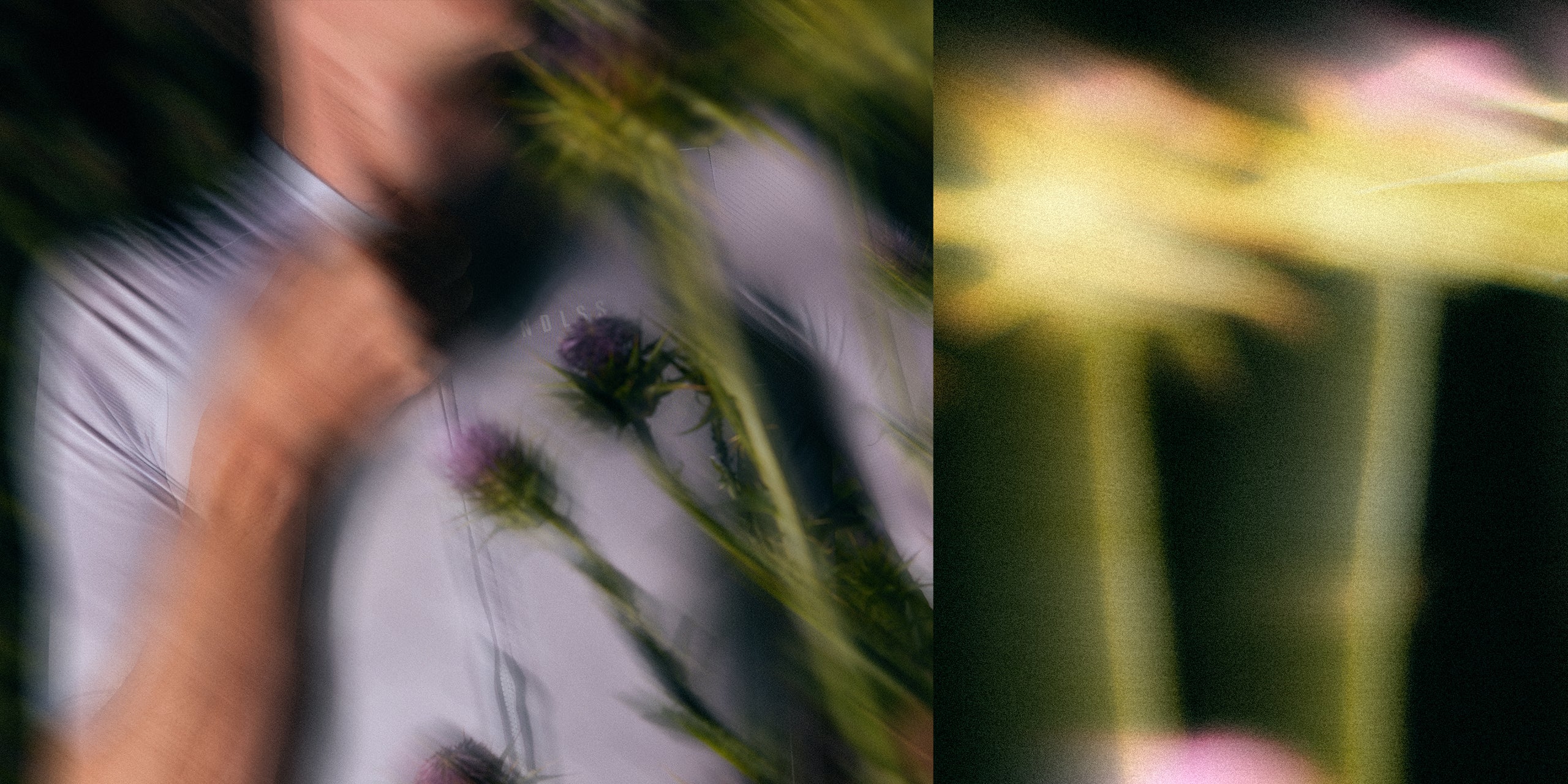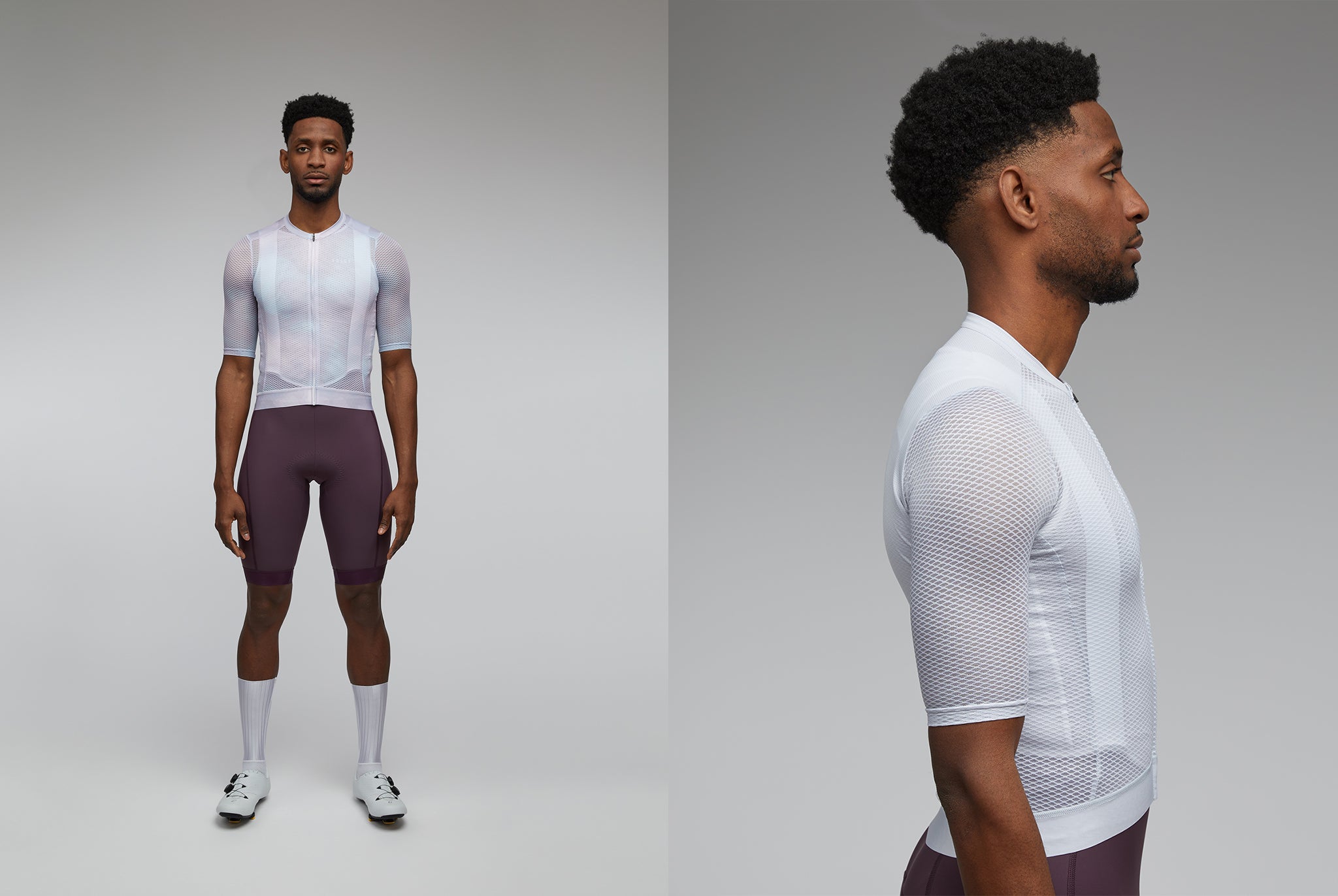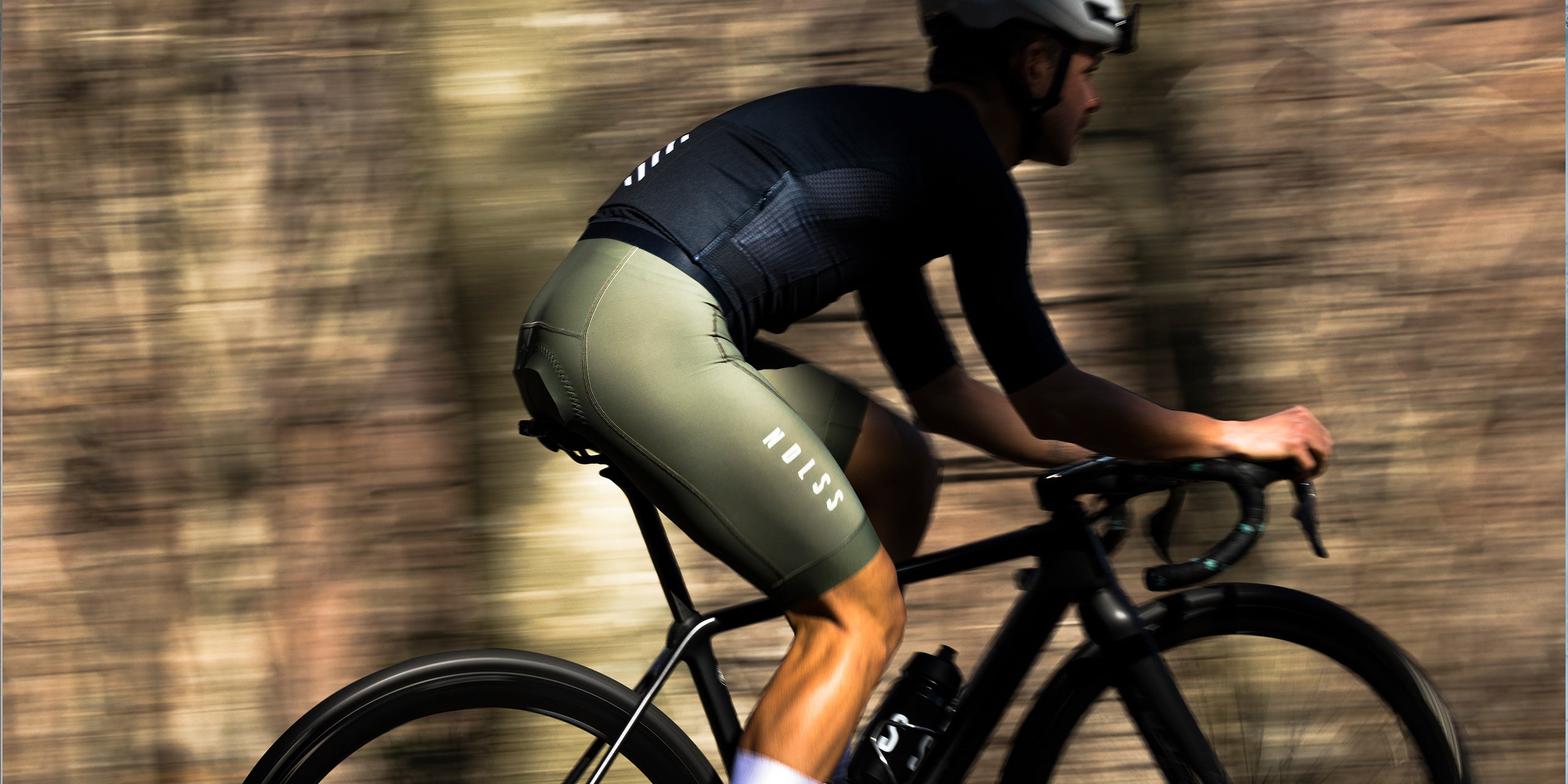
NDLSS Adventures: Ultralight Bikepacking in Rural Spain
A ten-day, father-daughter adventure beginning in Calatayud, Spain and ending with a swim in the Mediterranean sea in Valencia.

The Route
Our wandering path followed a historical route called “El Camino del Cid.” It’s a non-profit created to promote "the camino del cid" that began in 2002. The provinces involved with the project--Burgos, Soria, Guadalajara, Saragossa, Teruel, Castellón, Valencia, and Alicante--seek to enhance tourism as well as enhance cultural and environmental awareness. From a more practical perspective, the website provides exceptionally thorough information and they respond to your inquiries within 24 hours. They sent “salvoconductos,” or passports, to my Dad in Arizona within a week. I still can’t believe it. As pilgrims, we covered over 700 kilometers and have 50 stamps in our passports to prove it.

Our Bikes
“Thank god we brought gravel bikes,” a phrase we frequently dropped in a sigh of relief after hours of chunky gravel on the “Via Verde,” an old railway that was converted into a cycling path. “The Green Path,” as listed on our directional sheet, didn’t offer any clues as to its rocky nature. My dad brought a Ritchey Breakaway that disassembles in two and fits perfectly into its own suitcase. I rocked a handmade, 1x groupset gravel bike made by my dear friends at Enre_Cycles. My dad and I both rolled wide Panaracer tires and disc brakes. We were comfy, light, and ready for cobblestone or almost any other uneven surfaces. We felt invincible--capable of going anywhere with only what we carried on our bikes.

Our Light Load:
-2 Endless kits each
-Tubes and tools
-Nuts and bars
-One “street” outfit per person
-Soap/toothbrush and chamois butter
-A notebook and pens to draw/write
-Printed maps in plastic sheets
-Tubes and tools
-Nuts and bars
-One “street” outfit per person
-Soap/toothbrush and chamois butter
-A notebook and pens to draw/write
-Printed maps in plastic sheets

Where We Went
We weaved in and out of various Spanish provinces, including Castilla de la Mancha, Guadalajara, and Aragon, religiously following the Cid’s path. Oftentimes it felt like we were backtracking, or that we had passed through the same pueblo twice, but it didn’t really matter as long as we got stamps and could find jamón between bread. In all provinces, we found picturesque pueblos with clay roofs and white walls tucked between mountains and hidden around curved roads. We spent hours pushing down long stretches of highway with wheat fields on either side and nothing but the horizon in the distance. Despite the Camino’s desolate nature, we never felt desperate or alone but instead full and constantly replenished. Even the tiniest villages sustained a fountain with fresh, free mountain water--something we had only dreamed of as desert dwellers from Arizona.

What We Saw
Our trip passed through one of the least populated portions of Europe. We pedaled on ribbon roads that skirted high mountains, pines above, jagged rocks below. We swung around blind curves, white houses with terracotta roofs speckled what seemed to be an island in the middle of the mountains. It was in these mountainous pueblos where we had to accept the steep ramp leading up to the village to drink Coca-Cola and find our stamp. We added in three tough climbing days, The Maestrazgo Loop. The landscape easily convinced us to climb. The higher the mountains, the prettier the trees, the chillier the mornings, the hungrier the body, the calmer the mind. I insisted that we found a way to work in these extra, challenging days which meant ten straight days of pedaling. On day seven, I cursed myself, the steep pueblo entrances, and the stamps in general.

Who We Met
Despite its unpopulated nature, we talked to a lot of people. Mostly when it came time to locate the place and person with the magical passport stamp. People in pueblos have time and stories. They’re just waiting for someone from faraway to listen, or simply ask for directions. We met a mayor, a man who had never met anyone from the United States before, many elderly people who had lived in their tiny town since they were born. What we rarely saw were young people. These unique places that remain self-sufficient seemed to be hanging on by a strand. In Orihuela de Tremedal, children spend Monday through Friday studying in a larger adjacent town and return to their pueblo on the weekends. We had traveled back in time to enchanted towns rich in a history that feels like it’s running out.

What We Ate
My overarching concern during our trip was not being able to find food. My Spanish friends’ responses to where we’d be riding often included a comment about desolation: “Pero no hay nada alli”--there’s nothing there--“Vais a estar en medio de la nada!”--you’re going to be in the middle of nowhere! My worry resulted in, as most worries do, eating too much, especially in the pueblos that offered a menú del dia, a typical three course, fixed-price lunch and then paying for it on the climb. There was no other way to eat but “local” on the camino. We pedaled past the origins of our food and met those who had cultivated it--from cheese and cured meat to beets and greens. We stayed full and grateful and wondered how we could ever exist in a city again.

What We Learned
We discovered that less truly means more--greater distances, longer climbs, and a stronger sense of freedom. We learned the power of collecting experiences and sharing them with someone you love. We were made to assess the importance of objects and the absurdity of excessiveness. We affirmed our appreciation for the bicycle as a machine of independence and community.


